Technological Innovations Enhancing Performance
Technological innovations are continuously enhancing the performance and capabilities of amphibious aircraft, thereby driving growth in the Amphibious Aircraft Market. Advances in materials science, aerodynamics, and propulsion systems are leading to the development of more efficient and reliable aircraft. These innovations not only improve fuel efficiency but also enhance safety and operational versatility. For instance, the introduction of advanced avionics and navigation systems has made amphibious aircraft more user-friendly and accessible to a broader range of operators. As these technologies evolve, the market is likely to witness an increase in aircraft performance metrics, potentially leading to a market growth rate of around 5.5% in the coming years. This technological progression is crucial for maintaining competitiveness within the Amphibious Aircraft Market.
Government Investments in Infrastructure Development
Government investments in infrastructure development are playing a pivotal role in the growth of the Amphibious Aircraft Market. As nations prioritize the enhancement of transportation networks, the integration of amphibious aircraft into public and private sectors is becoming increasingly viable. These investments often focus on improving access to waterways and remote regions, which can significantly benefit from amphibious capabilities. For instance, several countries have initiated projects aimed at bolstering regional connectivity through air and water transport. This trend is expected to create a favorable environment for the Amphibious Aircraft Market, with projections suggesting an increase in market size by approximately 4.8% annually as infrastructure improvements facilitate the operational use of these aircraft.
Rising Interest in Tourism and Recreational Activities
The rising interest in tourism and recreational activities is significantly influencing the Amphibious Aircraft Market. As travel preferences evolve, there is a growing inclination towards unique experiences that include access to remote and scenic locations. Amphibious aircraft are particularly well-suited for tourism, offering the ability to land on both water and land, thus providing travelers with unparalleled access to diverse destinations. Market analysis reveals that the tourism sector is expected to expand, with a projected increase in demand for amphibious aircraft services by around 6% over the next few years. This trend not only enhances the appeal of the Amphibious Aircraft Market but also encourages investment in aircraft designed specifically for leisure and tourism purposes.
Environmental Regulations Promoting Sustainable Aviation
Environmental regulations are increasingly promoting sustainable aviation practices, which is positively impacting the Amphibious Aircraft Market. As governments and organizations worldwide emphasize the reduction of carbon emissions, there is a growing push for the development of eco-friendly aircraft. Amphibious aircraft manufacturers are responding by investing in cleaner technologies and alternative fuels, which align with regulatory requirements. This shift not only addresses environmental concerns but also opens new market opportunities for manufacturers who can innovate in this space. Market forecasts suggest that the demand for environmentally sustainable amphibious aircraft could lead to a growth rate of approximately 4.2% over the next few years. This trend underscores the importance of sustainability in shaping the future of the Amphibious Aircraft Market.
Increasing Demand for Versatile Transportation Solutions
The Amphibious Aircraft Market is experiencing a notable surge in demand for versatile transportation solutions. This trend is largely driven by the need for efficient travel options that can operate in both land and water environments. As urbanization continues to rise, the necessity for innovative transport methods becomes more pronounced. Amphibious aircraft offer unique advantages, such as the ability to access remote areas that are otherwise difficult to reach. Market data indicates that the demand for such aircraft is projected to grow at a compound annual growth rate of approximately 5.2% over the next five years. This growth is indicative of a broader shift towards multifunctional vehicles that can adapt to various operational requirements, thereby enhancing the appeal of the Amphibious Aircraft Market.


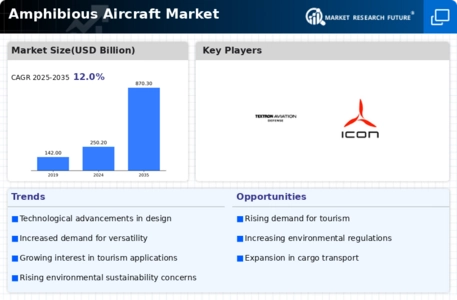
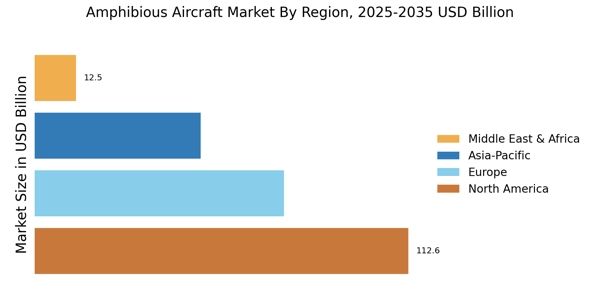
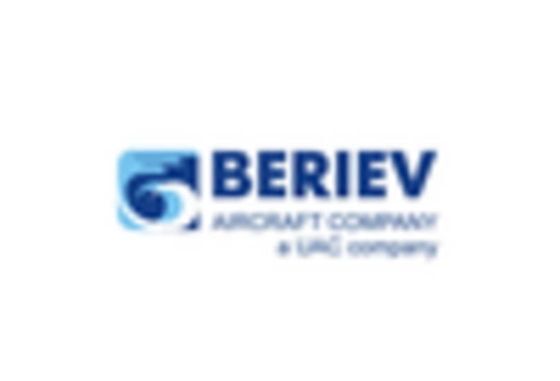
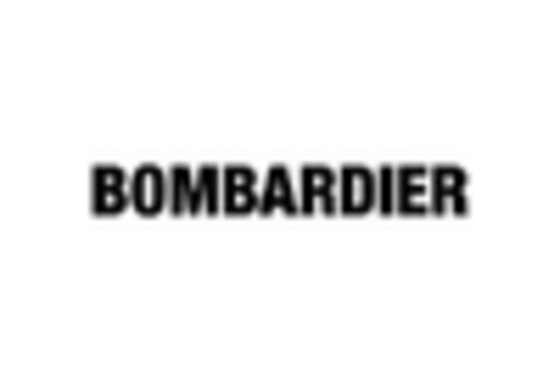


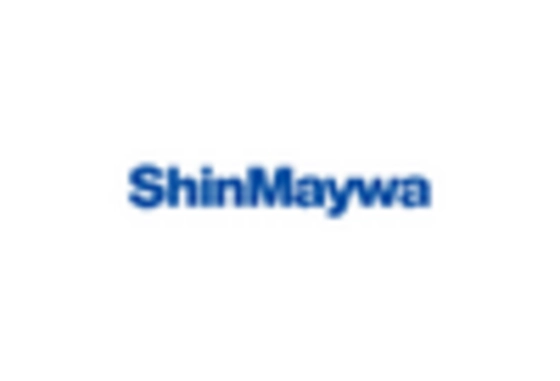
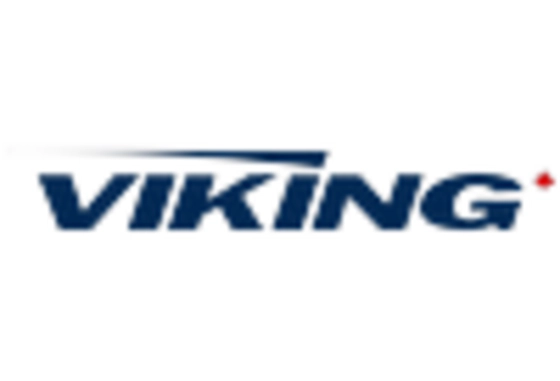








Leave a Comment